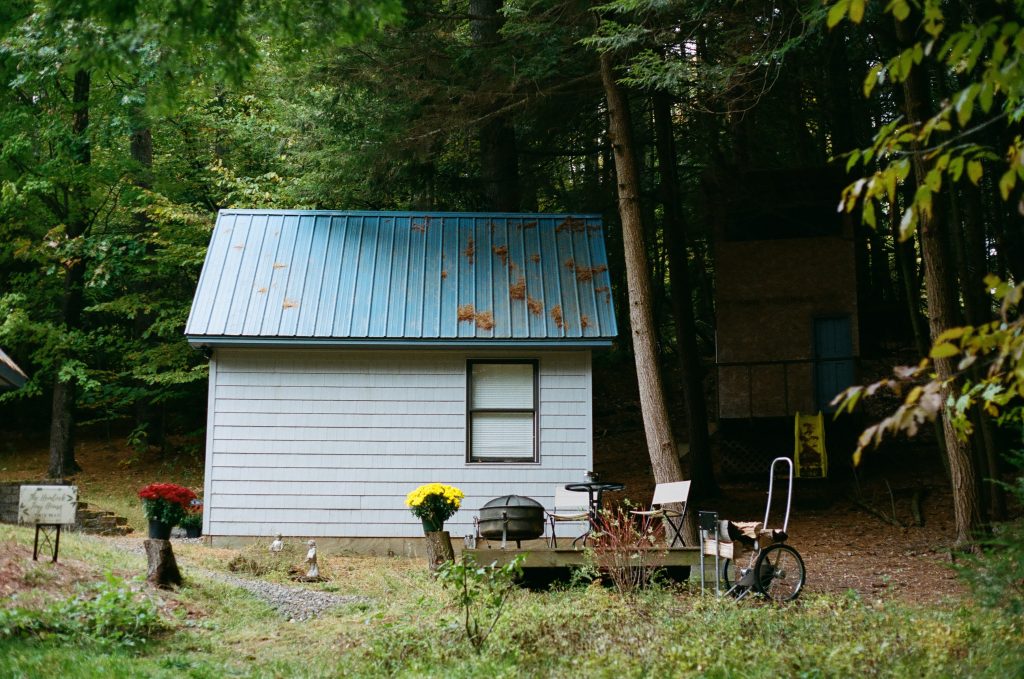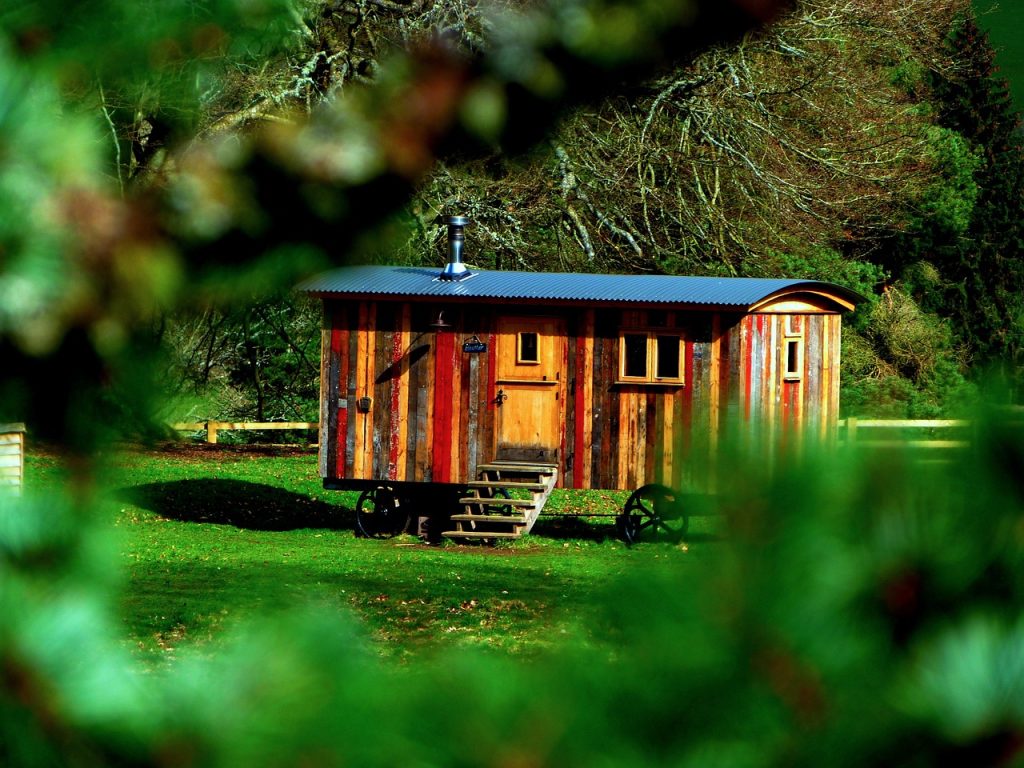In a world where bigger often means better, a quiet revolution has been taking place in the realm of housing. The tiny house movement, characterized by compact, efficient living spaces, has been gaining momentum in recent years. In this blog post, we’ll delve into the world of tiny houses, exploring the principles, benefits, and the growing popularity of this minimalistic lifestyle.

The tiny house movement is all about embracing a simpler, more intentional way of living. These homes, typically ranging from 100 to 400 square feet, are designed to meet all the essential needs of their occupants while minimizing excess space and clutter.
Tiny houses often feature eco-friendly design elements, such as energy-efficient appliances, sustainable building materials, and alternative energy sources like solar panels. Living in a smaller space also encourages reduced energy consumption and a smaller carbon footprint.
One of the most significant advantages of tiny house living is financial freedom. The reduced cost of construction, maintenance, and utilities allows homeowners to free themselves from the burdens of hefty mortgages and utility bills. This, in turn, enables individuals to focus on experiences and personal growth rather than financial stress.
The tiny house lifestyle encourages simplifying and decluttering. With limited space, individuals are motivated to evaluate their possessions, keep only what truly matters, and let go of excess belongings. This process often results in a more mindful and intentional way of life.
One of the defining features of tiny houses is their mobility. Many are built on wheels, providing the freedom to travel and change locations. This mobility has led to the rise of «tiny house communities» where like-minded individuals come together to share land and resources.
Tiny house enthusiasts often choose to place their homes in beautiful natural settings. Whether it’s a secluded forest, a lakeside spot, or a tranquil meadow, the connection to nature is an essential aspect of this movement. Large windows and outdoor living spaces help bring the outdoors in, making these small spaces feel more open and connected to the environment.
While the tiny house movement offers numerous benefits, it comes with its own set of challenges. Limited storage space, zoning regulations, and a potentially steep learning curve for downsizing are some of the obstacles to consider. Additionally, some may find it challenging to adjust to the minimalist lifestyle, particularly if they are used to larger, more conventional homes.
The tiny house movement’s popularity has surged in recent years. TV shows, documentaries, and social media have played a significant role in promoting and glamorizing this lifestyle. As more people become aware of the movement, it’s gaining acceptance and evolving to accommodate a broader range of preferences and budgets.



The tiny house movement represents a shift towards simpler, more sustainable, and intentional living. It’s a lifestyle that challenges the conventional idea of what a home should be, focusing on quality over quantity and experiences over possessions. As more individuals seek to live with greater freedom, financial independence, and a deeper connection to the environment, the tiny house movement continues to grow, inspiring others to consider a smaller, more meaningful way of life. Whether it’s a permanent residence or a weekend getaway, tiny houses are a testament to the idea that less can truly be more.

Legg igjen en kommentar